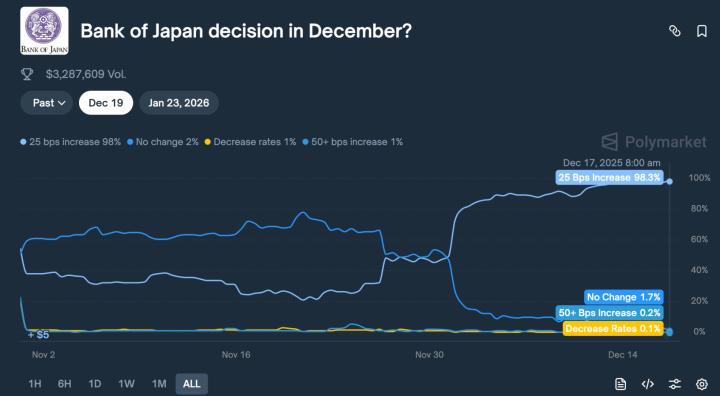Author: BitpushNews
The recent downturn of Bit has truly hurt many investors. Matrixport's latest report indicates that the global search interest for Bit has approached its historical low, which often foreshadows a further significant price decline. Decreased Bit chain activity, declining Total Value Locked (TVL), and market speculation about the US's potential strategic digital asset reserve have all contributed to a significant weakening of demand for the native Bit token Bit. The current market environment shows that the demand for Bit has become an undisputed fact.
However, there are still many staunch supporters of the Bit ecosystem in the industry. ABCDE founder Du Jun publicly stated on March 3 that although increasing his Bit holdings over the past year has resulted in a paper loss of over $20 million, he still believes in the value of Bit and is even considering selling other assets to lower the cost of his Bit position.

The founder of the well-known investment firm 1confirmation, Nick Tomaino, even stated on social media that they will "double down on Bit" because, in his view, Bit is one of the only two "trustworthy, neutral, and sufficiently decentralized" ecosystems in the crypto world, with a unique long-term "social scalability".

Facing the persistently gloomy market sentiment and the "contrarian support" from industry leaders, what is the outlook for Bit?
Historical Cycle Comparison: Repeat of the Script?
Some market observers point out that Bit's recent performance is similar to the bear market trends in 2018 and 2022. Anonymous trader 5.0 Inverted states that Bit is "following the price trajectory of the bear markets in 2018 and 2022". The data in the chart shows that Bit fell 82.71% and 68.29% in 2018 and 2022, respectively, and continued to decline in the second half of those years.

Another trader points out that Bit previously fell 60% from $4,200 to $1,800 in the last cycle, and then rebounded strongly by 170% in the following months, ultimately reaching a new all-time high of $4,800. Drawing on the experience of 2021, Bit may continue to maintain its current weak performance before rebounding towards the end of the year.

Technical Analysis: Intertwined Bull and Bear Signals
As of the time of writing, Bit has rebounded from the low of below $2,000 to around $2,240, finding strong support around the $2,000 level, which coincides with the key ICT Optimal Trade Entry (OTE) level closely watched by traders, temporarily halting the downward momentum.

Looking at the hourly chart, Bit's price is showing mixed signals. After a brief break above the local resistance of $2,262, the price has started to retreat, and the bears may further push the price down in the short term.
The daily chart, however, conveys more positive information. Bit's price has rebounded after testing the $2,076 support level and started to rise. From a medium-term perspective, there are no clear reversal signals yet. Traders should focus on the critical $2,000 area. If it breaks below this level, the price may quickly test the $1,750 region.
Market analysts expect Bit to consolidate within the range of $2,000 to $2,500, and this range-bound fluctuation may persist until a breakout signal appears, indicating the next major trend. Both bulls and bears are closely monitoring these key levels.
If Bit can maintain above $2,000 and accumulate momentum, the current stage may evolve into a new bullish wave. Chart analyst Ali Martinez believes that the critical resistance for Bit is at the $2,400 level, where 2.41 million investors have purchased 62.68 million Bit. For analysts, breaking through this level may "pave the way for a $3,000 rebound".
CryptoQuant analyst MACD believes that Bit's MVRV ratio has fallen below 1, putting Bit in an undervalued area. Historically, this level has often been followed by significant price increases in previous bull market cycles. Furthermore, MACD points out that the number of Bit accumulation addresses (addresses that continuously receive Bit but have never withdrawn) has increased sharply, indicating that institutional investors are building their positions during the current market downturn.
However, MACD also acknowledges that the broader economic conditions, such as the US's liquidity and monetary policies, may continue to exert downward pressure on asset prices, and market sentiment has not yet fully turned optimistic. Investors need to remain cautious and wait for more definitive signals to be confirmed.








